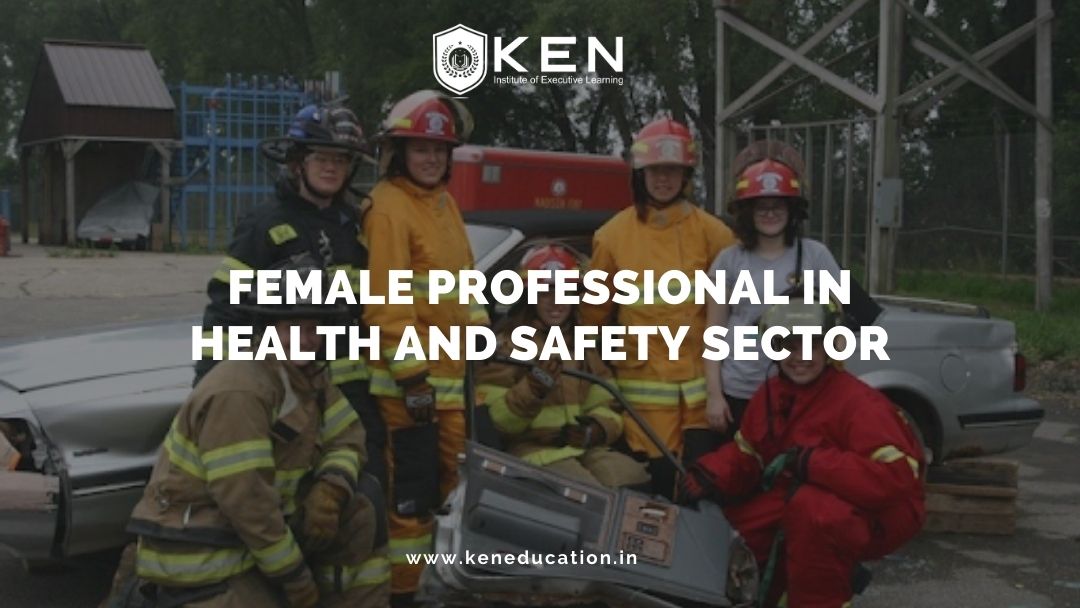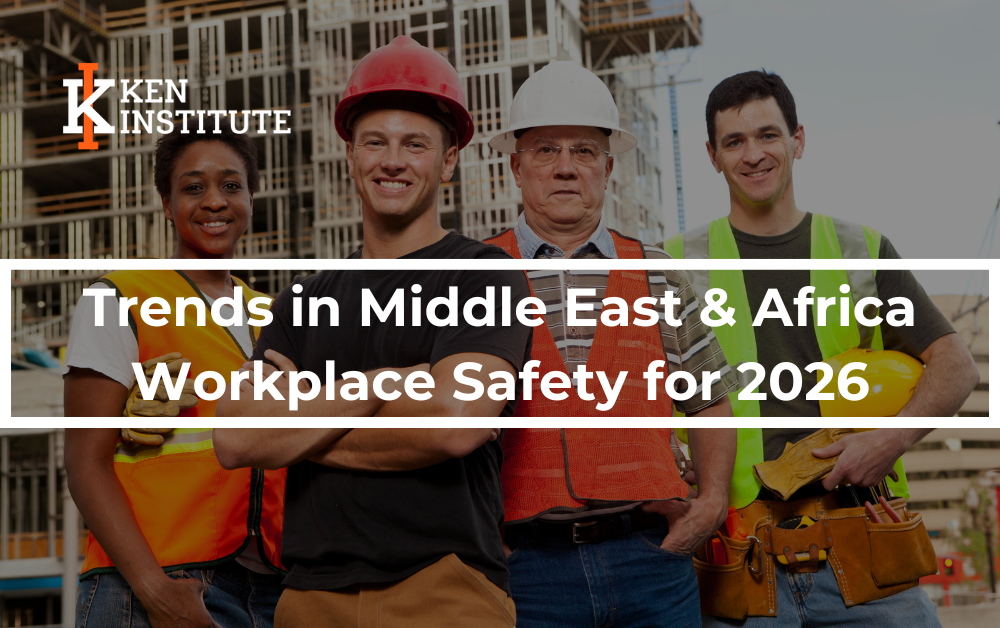A female professional is a rare face in safety, particularly in leadership roles. The recent HSE Insights Survey revealed that the gender split ratio in the HSE field currently stands at 3:1 in favor of males. Women make up 42% of the worldwide employed population.
An image first comes to mind of a safety professional probably not that of a female safety director, manager, or officer but an old boys’ club, men armored in high-visibility jackets, wielding a clipboard and toolbox talking with workers. Some women are in such roles and making a great impact compared to their male counterparts while the numbers still remain low. Female Professional consistently makes up less than 30 percent of safety leadership positions.
Occupational Health and Safety is an increasingly presenting profession and although the number of women entering is rising, however they are still underrepresented.
SPECIAL ISSUES FOR FEMALE PROFESSIONALS IN HSE FIELD
There are some specific challenges that male professionals even don’t have to think about.
- Being a male-dominated industry, the safety profession can be very challenging for women.
- A major issue that a lot of women have to face is the lack of mentors. Well-experienced safety and health professionals look for other young men they could mentor and bring up. They may think it is unsuitable for women entering their fields. Or they might refuse to accept it because mentorship is very critical. Usually with humor, they call you out in front of other guys. ‘She can’t do this. She’s going to break a nail.
- As in every field, they have to cope with the issue of harassment in the workplace.
- Personal protective equipment is usually tailored to men, so finding equipment that fits properly is a challenge.
- There can be concerns about personal safety when working at remote camps.
- Ignorance of employers on the benefits of hiring female safety professionals as well as promoting them into leadership.
- As in most of the male-dominated industries, women are not being promoted to positions of seniority or enable them to make key safety-related decisions and offer better salaries for it.
- Existing pay gap between men and women.
THE PAY GAP
Although the Equal Pay Act was introduced in most of countries, there still is a long way to go to achieve gender analogy. The factor pay gap affects all sectors of safety and will make a career in safety less attractive to Female Professionals. The average hourly earnings of men were about 20% more than women. That means, it is estimated that women are paid around £10,000 less than men in the same roles.
FEMALE PROFESSIONALS THOSE HAVE SET A BAR IN OCCUPATIONAL HEALTH AND SAFETY
Moreover lot of adversities and barriers, many women are flourishing in safety, and several who have made a huge impact and set a high bar in the HSE field.
Here are some of the torchbearers for upcoming female safety professionals.
-
-
ADELE ABRAMS
Adele is a certified mine safety professional and president/owner of a Washington-based law firm focused on occupational and mine safety and health.
-
ANDREA BALL
Andrea is a certified safety professional and director of safety and loss prevention at Holiday Inn Club Vacations in Kissimmee, FL. She is currently vice president of ASSE Region IV. other law. She also is a national representative of the American Society of Safety Engineers.
-
MARISA FORTIN
Marisa has been the senior safety, health, and environmental manager at Balfour Beatty Construction in San Diego for more than three years.
-
ROSE MacMurray
Rose is a transportation safety professional who teaches and provides consulting and retired in 2011 as a chief safety officer/assistant administrator at the Federal Motor Carrier Safety Administration.
-
Seiji Machida
Seiji was appointed director of the ILO’s Programme on Safety and Health at Work (Safe Work) in February 2010. An engineer, Machida joined the ILO in 1989 and has served in the Occupational Safety and Health Branch (Safe Work) and the East Asia Multidisciplinary Advisory Team (EASMAT). Prior to joining the ILO, Machida was a senior occupational safety and health officer, at the Ministry of Labor, in Japan.
-
Judith Hackitt
Judith was appointed chair of Britain’s Health and Safety Commission in 2007 and became chair of HSE. She previously served as a commissioner from 2002 to 2005. Under her leadership, the board of HSE decided to take the lead in developing a new strategy that would recognize the many changes that continue to take place in occupational safety and health and the industry and present new challenges for the health and safety system as a whole. A renewed emphasis on the consultation process has earned widespread
-
Paula Camping
Paula is the vice-president and chief safety officer for Energy Safety Canada, she is one of the few women at the C-suite level. When she first started in the construction industry, she was surrounded by men. But she is setting out to change this.
Paula and a group of female safety professionals in Alberta have launched the Women in Occupational Health & Safety Society (WOHSS) to bring more women into the profession and support their advancement, from entry-level to the C-suite.
-
SUMMARY
Women thinking of engaging in a role in safety should consider the impact their role will have on not just fellow colleagues, whose working status is made better by their decisions. Every EHS professional has the potential to impact the practice of EHS’s entire profession. It’s also important to educate employers on the benefits of hiring female safety professionals as well as promoting them into leadership roles.
It brings a good balance. Sometimes women put a different likelihood into the profession and may bring in more compassion and understanding. Employers should encourage a gender parity mindset, challenging stereotypes and bias and celebrating women’s achievements.
Companies should be more open-minded and they value female safety professionals as the best people for the job.
“Join Ken Institute for comprehensive Health and Safety Courses led by expert faculty, ensuring your readiness to tackle workplace fire emergencies effectively.”
To broaden your understanding of the health and safety topic,
join us at info@keninstitute.com or
visit our website www.keneducation.in, or
call on +917569034271
Let’s connect on Facebook, YouTube, Linkedin, and Instagram.


